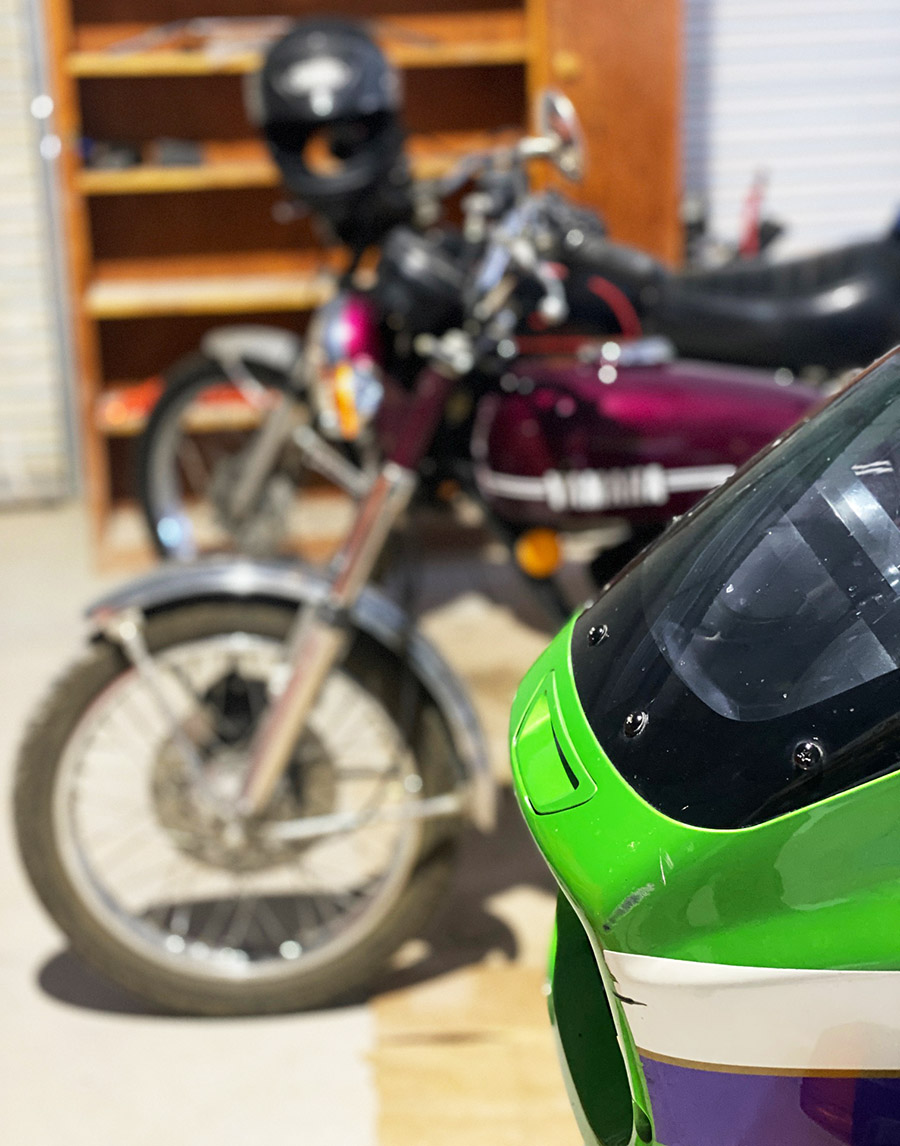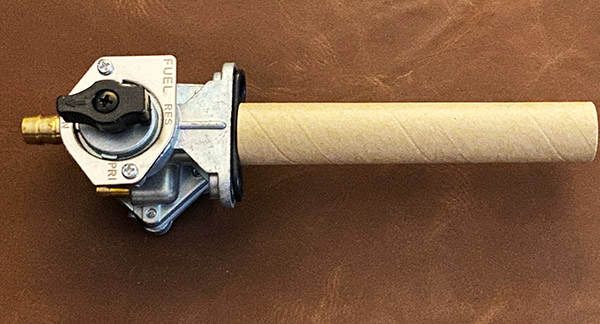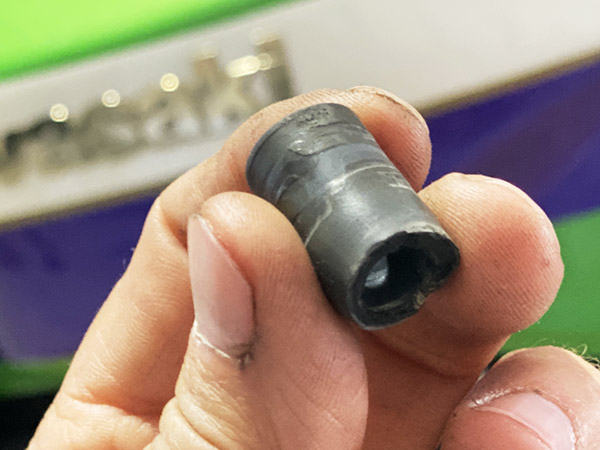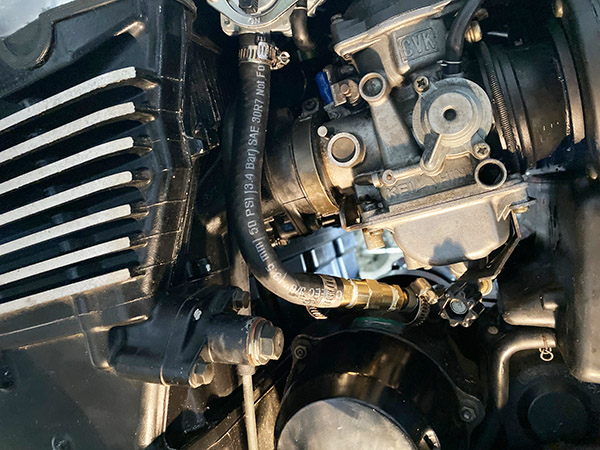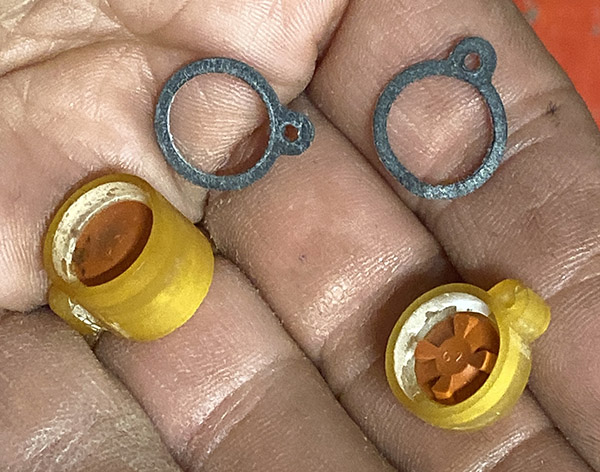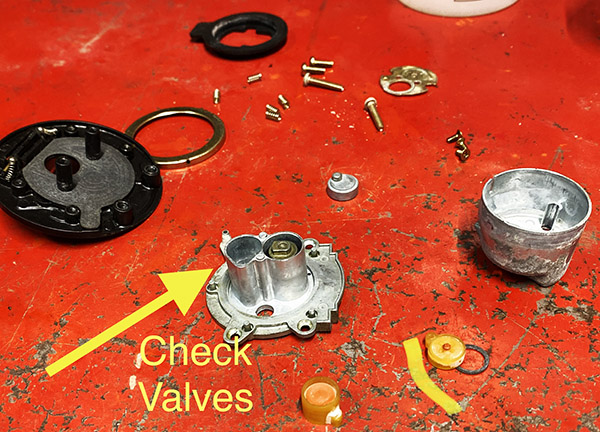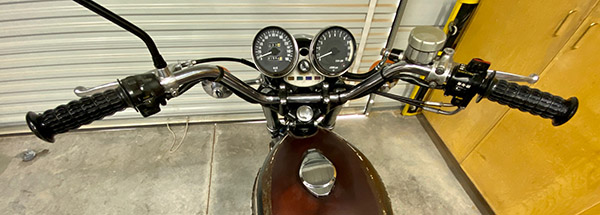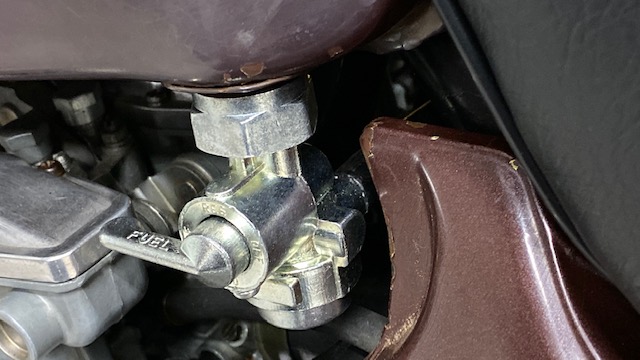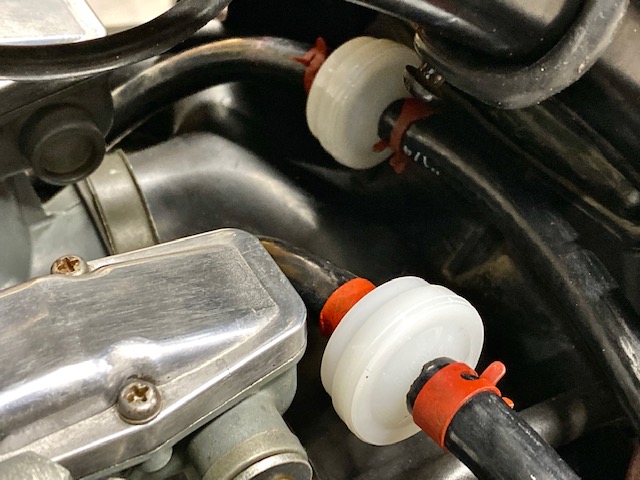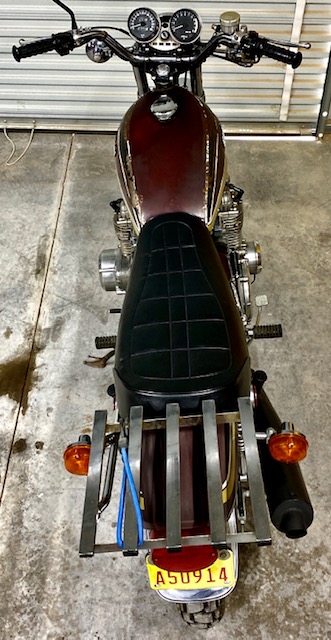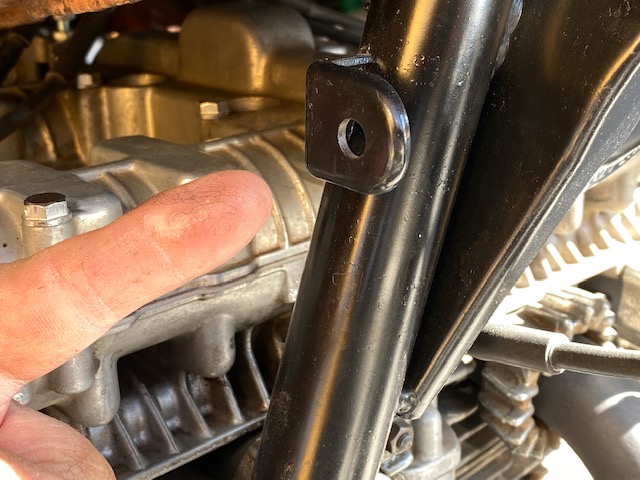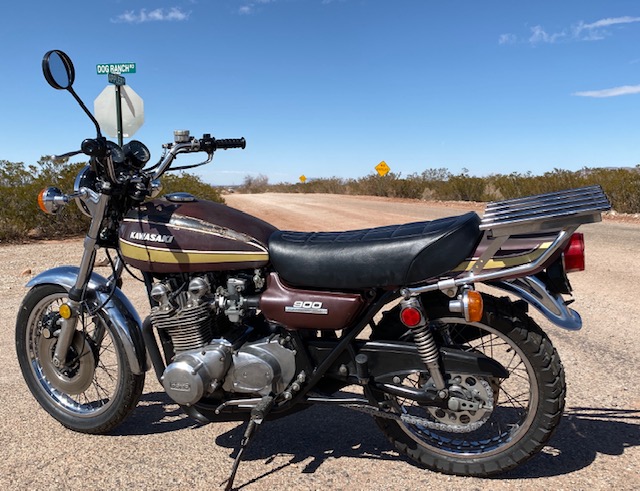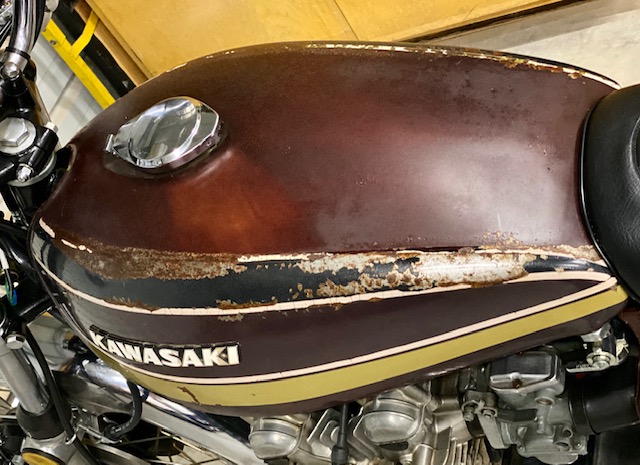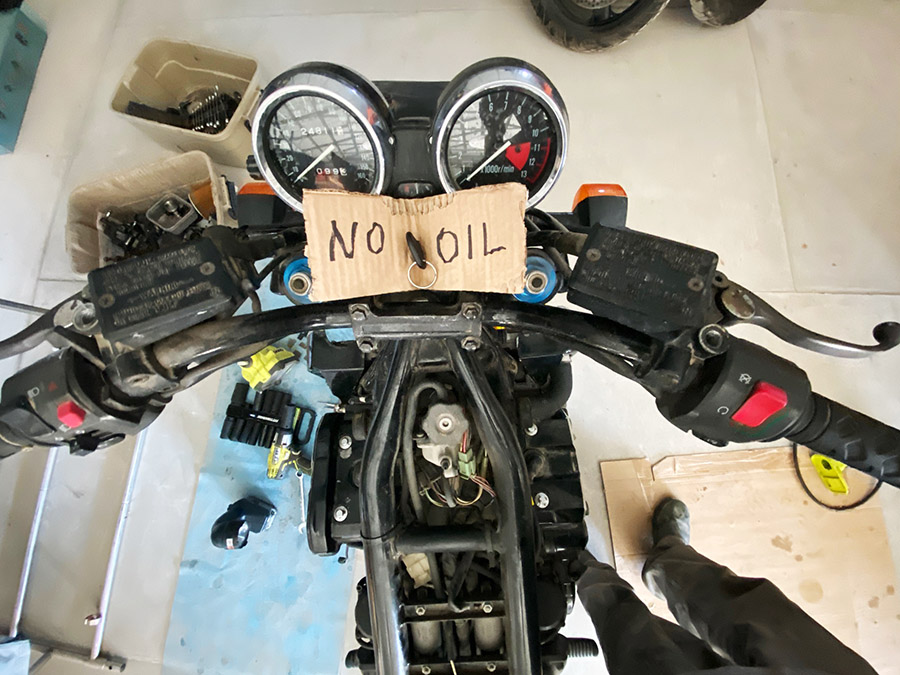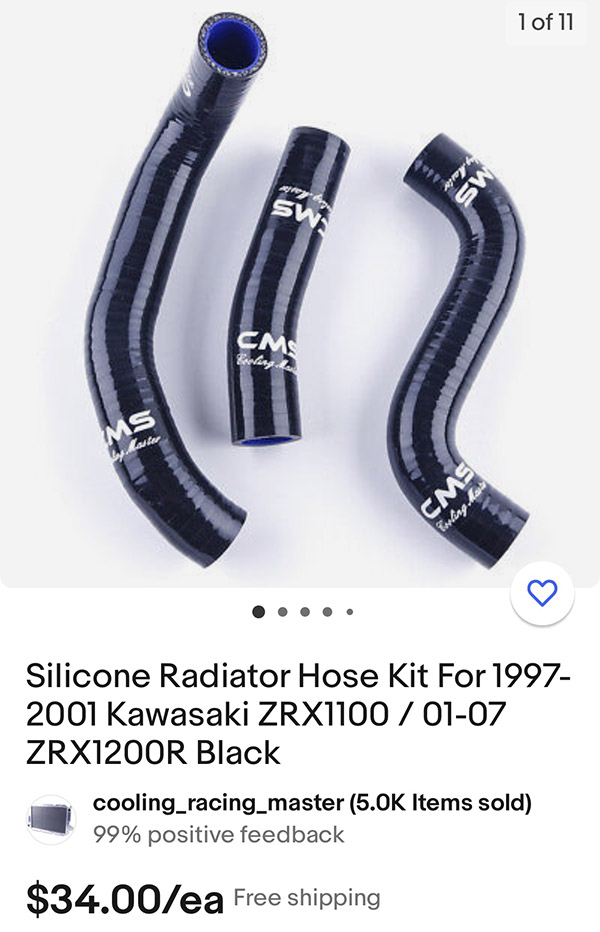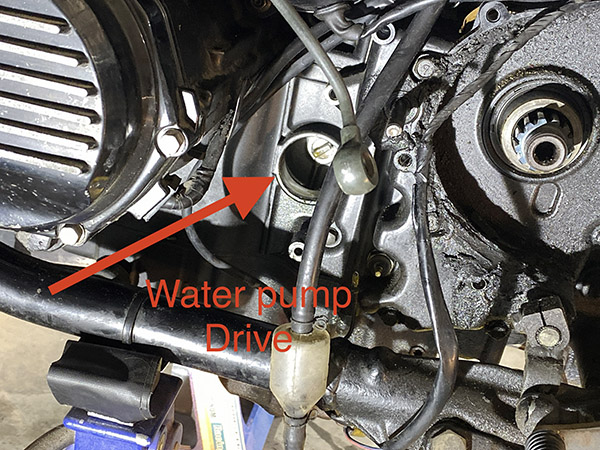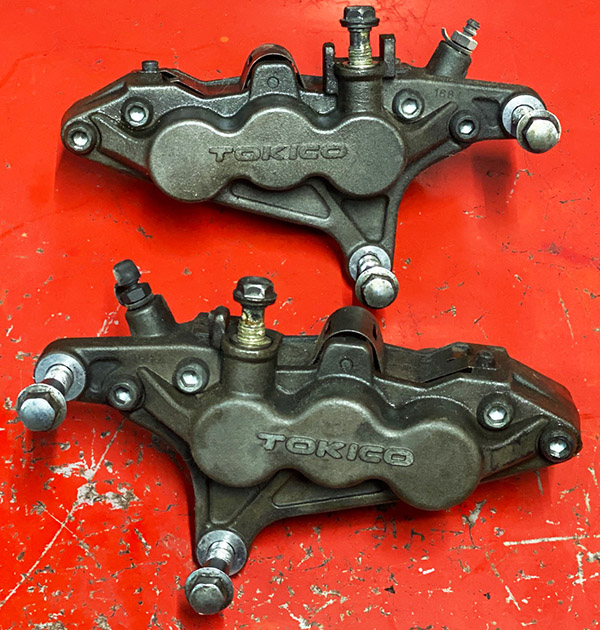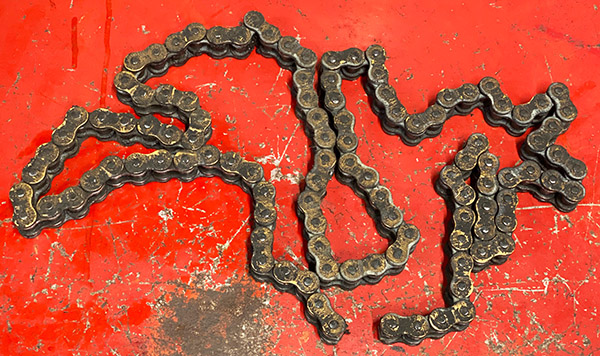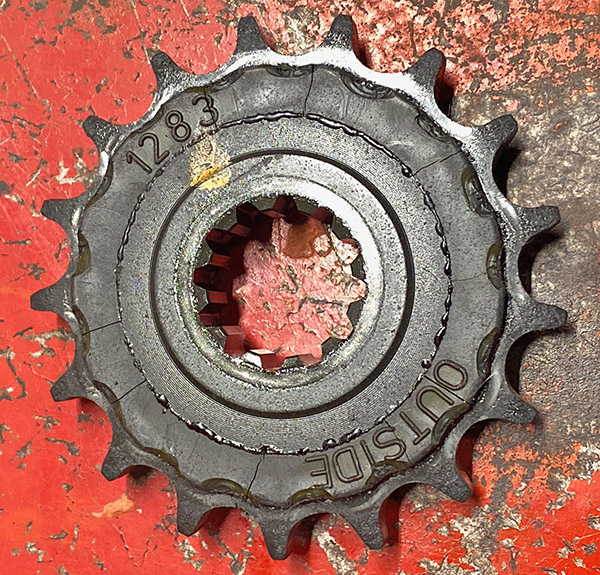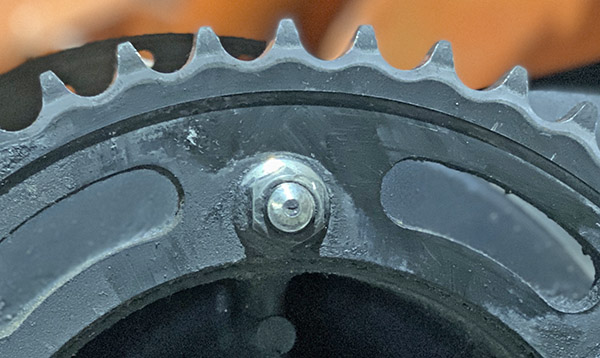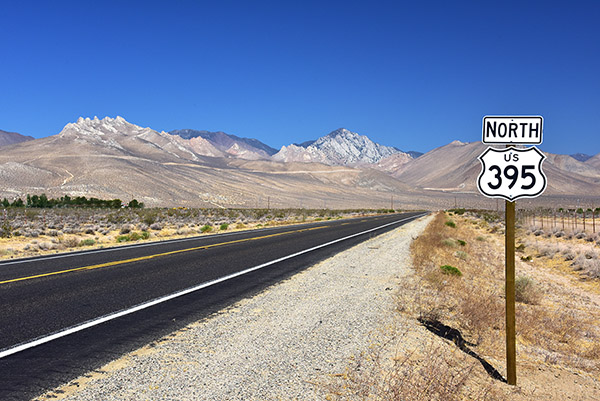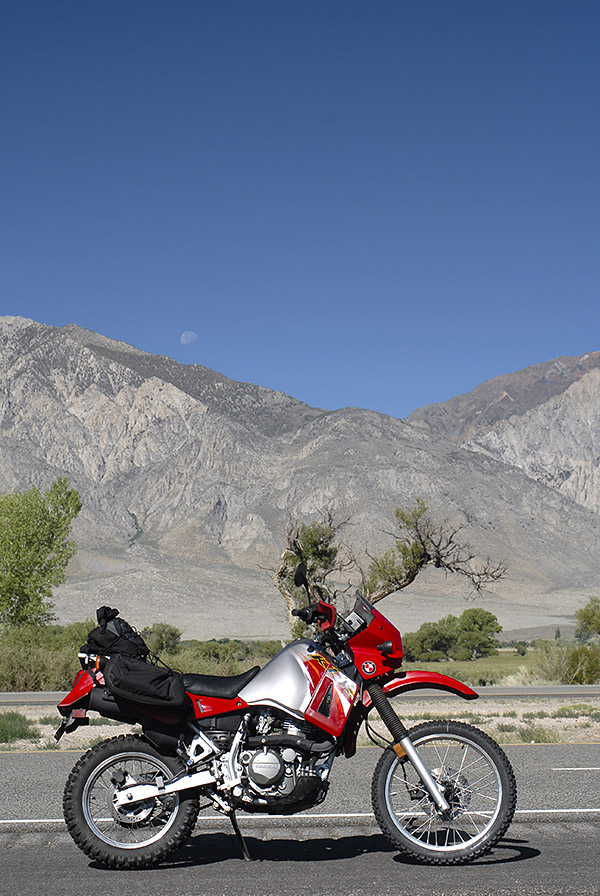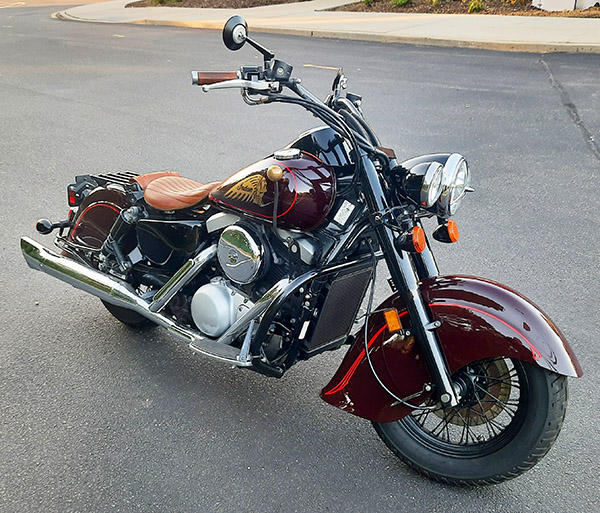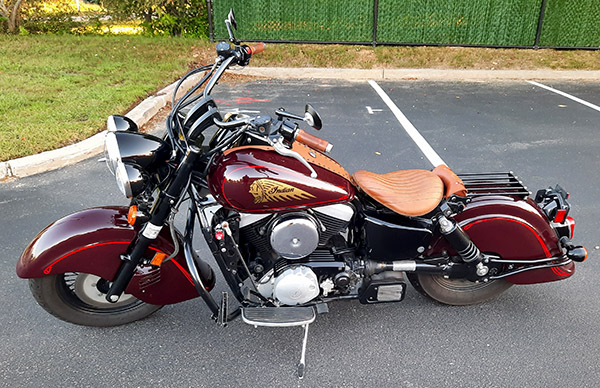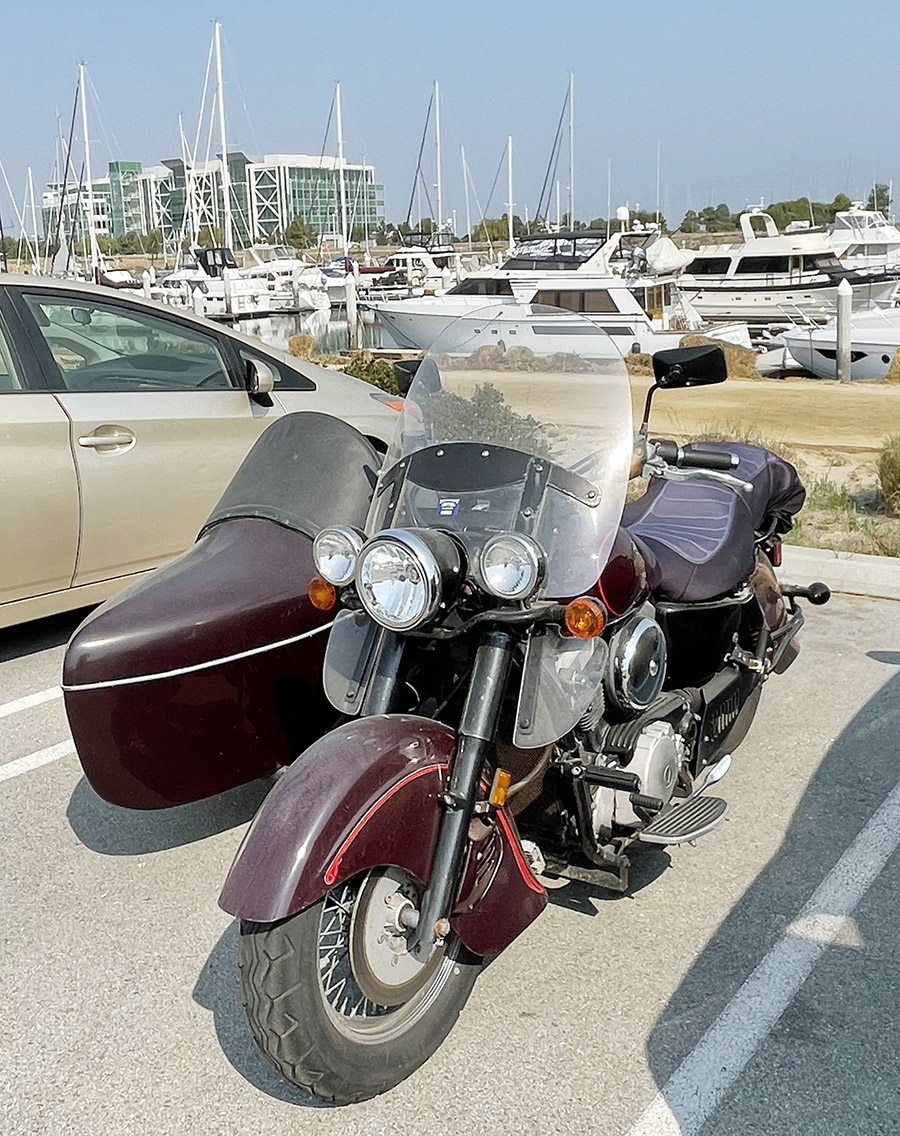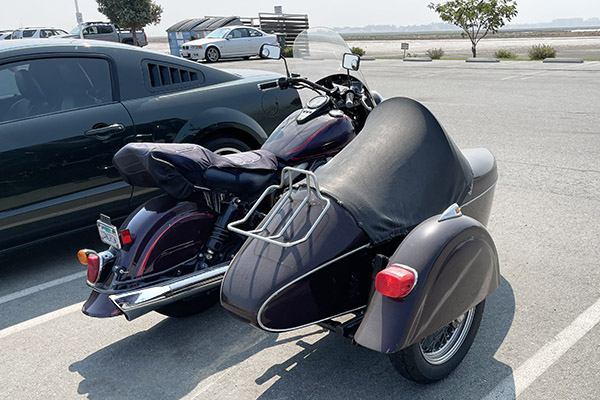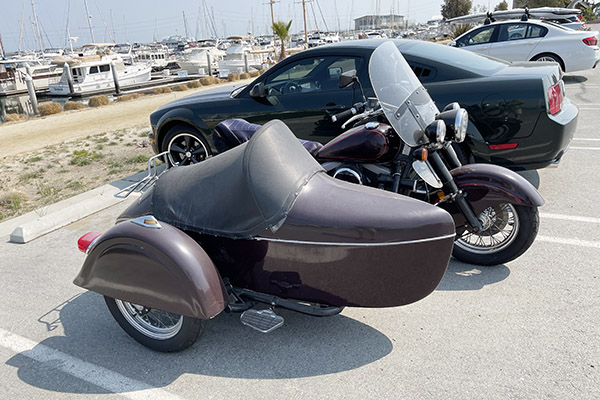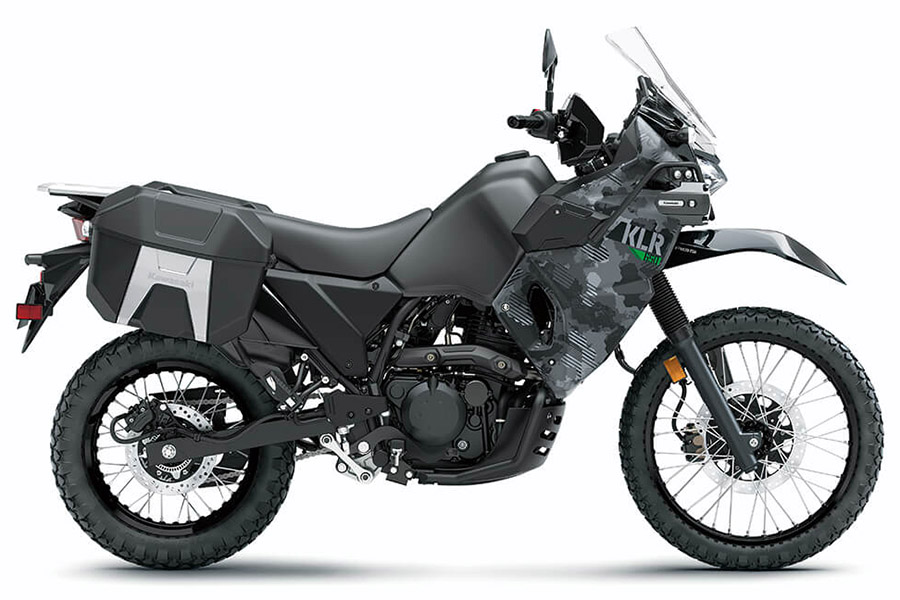By Joe Gresh
I should have listened to the guys who knew. They told me the vacuum operated fuel petcock on the ZRX1100 was a source of problems and that I should convert it to a standard on-off-reserve manually operated type. In my defense the new vacuum petcock lasted six months or so before the ZRX became hard to start after sitting idle for longish periods of time.
The vacuum petcock stopped sealing and the ZRX’s last line of defense was the float needle in the carburetors. In an ideal world these needles should stop the flow of gas and you wouldn’t even need a fuel shut off valve. We don’t live in an ideal world, however.
I tested my bad-petcock theory by removing the fuel line. A steady stream of fuel poured out of the hose. There is no “Off” position on the standard Kawasaki petcock so I drained the gas tank and set about converting the petcock to manual.
In practical terms the bike was starting hard because it was flooded. Constant velocity carbs, like the ones fitted to the ZRX, are a little harder to clear a flooded condition. Normally you’d hold the throttle wide open to get a lot of air flowing through the cylinder, thus blowing out the excess fuel. With CV type carbs opening the throttle only opens a set of butterfly valves. The actual throttle slides are independent of the twist grip and require engine vacuum to operate. Add low-vacuum cranking speed that struggles to raise the throttle slides and a flooded engine that doesn’t want to start and you’ve got a sticky wicket.

I bought this generic fuel petcock on Amazon for around $10 and figured if it didn’t work I wasn’t out much money. The hole centers lined up and the valve bolted into the Kawasaki tank without issue.

The new petcock came with these tiny plastic fuel filters fitted to the main tank standpipe and the reserve opening at the bottom of the tank. I got rid of these as they looked sort of restrictive and I planned on installing an inline filter on the bike to simplify the hose connections.

The original style vacuum petcock had a 3/8” hose barb that mated to a 5/16” barb on the carburetors. This mismatch required the factory to specify an unusual molded hose that was 3/8” on one end and 5/16” on the other. The new, manual petcock had a ¼” hose barb. These universal inline filters have both ¼” and 5/16” barbs to fit a wider range of machines. I trimmed off the 1/4″ barb on one side of the filter and had a nifty filter that fit both the petcock size and the carburetor size.
I know what you’re thinking, which is that the new petcock at ¼” won’t pass enough fuel. Maybe you’d be right if I drag raced or rode extended periods at high speed. At 50 miles per gallon the thrifty ZRX1100 gets plenty of fuel through the smaller line. I did a few full-throttle passes at an undisclosed test location and the bike did not want for fuel.

The new petcock hose barb exited 90 degrees rearward compared to the stock petcock, which exited down. This orientation required the fuel hose to run straight back and over the carburetor before turning down and routing under the bank of four carbs. The extra length made for kind of a loose hose so I used a couple rubber-covered clamps to secure the hose and tuck it in out of the way.
The new petcock makes starting easier but the Kawasaki ZRX is still reluctant to cold start. Which is odd because the bike always started on the first push. Maybe it’s just the fact that winter is here at the ranch and I’m starting the ex-Florida bike colder than usual. This is the first New Mexico winter for the ZRX and it takes three or four pushes on the button to get the bike to light off, a great improvement over the 25 or so with the old, leaky petcock. I never got around to adjusting the ZRX carbs; I just cleaned them and stuck them back on the bike as I had a long trip planned and wanted to get some shakedown miles on the bike. Maybe a carb sync is in order.
I’ll try adjusting my starting ritual to see if I can come up with a protocol that will save some wear and tear on the Kawasaki starter motor. Keep your eyes glued to ExhaustNotes.us for important updates as they become available.
Never miss an ExNotes blog:




